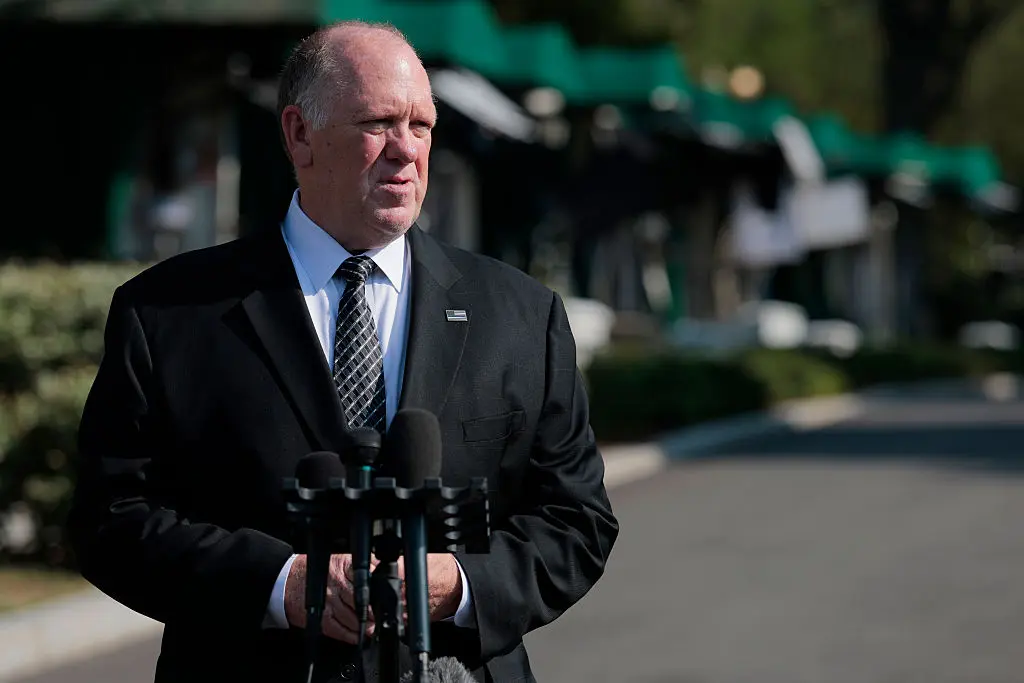The savings cushion that many Americans built up during the COVID-19 pandemic is dwindling as people struggle with decades-high inflation while the overall savings rate has dropped below pre-pandemic levels, to its lowest in almost 15 years.
U.S. citizens have burned through 35 percent of the funds they had accumulated through curtailed spending and large-scale government aid during the pandemic, and that number could climb to 65 percent by the year’s end, according to estimates by Goldman Sachs.





